Transformation is at the core of Pizza Hut’s brand. When Dan and Frank Carney founded the company in Wichita, Kansas more than 60 years ago, they developed their iconic pan pizza in response to evolving consumer behavior: the rise of delivery meant that pizza restaurants needed a product that could withstand the journey to a customer’s dining room.
Their answer was the thick-crust pizza that launched a thousand franchises.
That spirit of innovation still drives Pizza Hut today, as it undergoes a massive transformation in response to an increasingly digital world. In a presentation at RestaurantSpaces, Pizza Hut U.S. President David Graves and CMO Lindsay Morgan discussed the principles behind the brand’s impressive overhaul.
The Pizza Lover’s Pizza
As Graves and Morgan set about strategizing Pizza Hut’s transformation, they decided to focus on three customer touchpoints: the digital experience, restaurant design, and the brand itself.
The digital experience came first, Morgan explained, because the web is Pizza Hut’s largest storefront. “Over 60% of our customers come through our app or our website,” she said. That makes it essential to create a fully functional cycle, one that frictionlessly allows customers to order what they crave while ensuring the back end tracks their orders and enrolls them in an enticing loyalty program.
The web may be Pizza Hut’s primary storefront, but physical restaurant design is its biggest marketing point. “We have 5,500 restaurants,” Morgan said. “How we show up to our customers in those restaurants really seals their experience with us: Does it feel modern? Is it easy?”
In a world overstuffed with pizza brands, Pizza Hut’s third challenge was to stand above the competition, staying relevant to its customers in a rapidly changing world. A unified approach can be difficult in an organization with many siloes, which is why Morgan and Graves frame the issue in a single question — one that guides everyone across the company: “Why would a pizza lover love this?” If there’s no compelling answer, Morgan said, “it’s probably not for us.”
“This also helps [in that] you don't want everything coming through one select small group of leaders,” she added. “You want everybody to feel like they're empowered to be marketers. Be the brand touchpoint and make the best decision for your brand.”
Five Principles of Transformation
With these touchpoints in mind, Pizza Hut based its transformation around five principles — or, as Graves framed them, five questions:
1. Is Everyone Craving Change?
A big transformation by nature isn’t the sort of thing everyone in an organization will immediately understand. That means two things for brand leaders: if everyone is onboard right away, you’re probably not thinking big enough; and once you’ve defined your vision for the brand, you’ll need to put in the work persuading stakeholders it’s the right vision.
“Change is really hard,” Graves said. “You've gotta be clear about who's gonna be the group that helps drive that change.”
For Pizza Hut, that guiding vision was twofold. The goal was to become a digital-first operator, while at the same time becoming “a younger, more everyday” brand, in Graves’ words. That’s because the younger generation is behind massive changes in customer behavior over the last few years, as consumers have embraced digital ordering platforms and third-party delivery.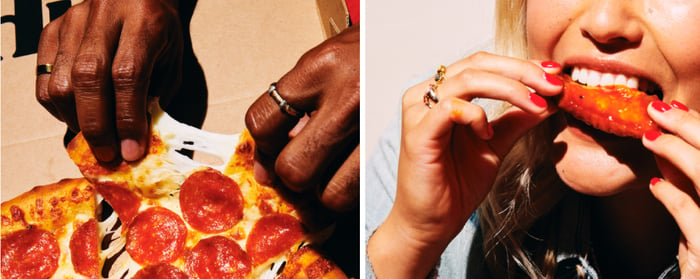
2. Is the Soul of the Brand Your North Star?
As Graves and Morgan learned through extensive consumer research, nostalgia drives customers’ feelings about Pizza Hut.
“When they were talking about the brand, they had these really great, emotive stories of Friday nights with their family and Little League,” Morgan said.
For legacy brands in a similar position, bringing these associations front and center might seem antithetical to pursuing younger customers, but it really just means bringing a classic idea — eating great food with your family and friends — to life in a modern way.
In Pizza Hut’s case, that meant embracing TikTok as a marketing platform; making its products look undeniably appealing to people who encounter it in user-generated content; ensuring its marketing is both distinct and relevant; and even changing back to its classic logo.
“The thing here is just paying off your brand every single time and [at] every single touchpoint, making sure that it's firing against that true north star,” Morgan said.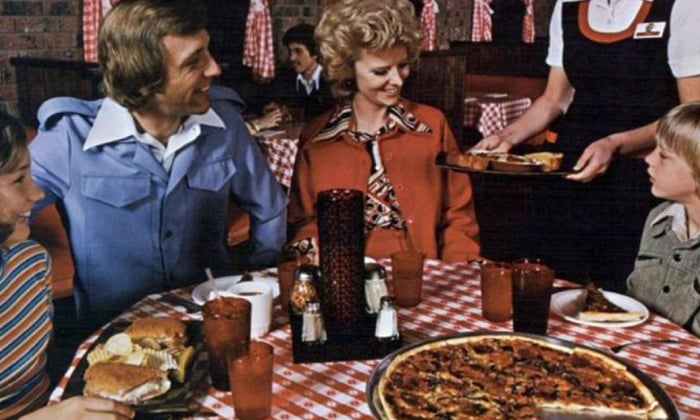
3. Are You Speaking to Someone, or Are You Speaking to Everyone?
“You want to make sure that you’re not speaking to everyone,” Morgan said. “The one key takeaway here is being really focused, making sure that your brand has a clear point of view — and that point of view might not be okay for every single person.”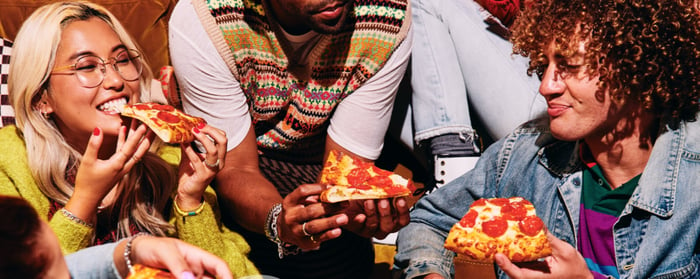
4. Are You Innovating on Your Points of Difference?
The world changes quickly. Brands have to keep up without losing sight of what makes them special; to find new ways of delighting customers while still following that North Star. One of Pizza Hut’s innovations was to put a QR code on its packaging that led to an online Pac-Man game — complete with a leaderboard where users could share their scores — that evoked memories of playing in the restaurant’s arcades.
“We wanted to say this is an older, iconic memory, but it's brought to life in a new and different way,” Morgan explained. “We're embracing gaming in a way that still feels right for us, but relevant for today.”
5. Do You Have a Plan to Deliver Value Quickly?
As an executive, Graves struggles with innovation strategies that take years to execute. Even if the endpoint is worth pursuing, he argued, it’s essential to have smaller wins in the meantime.
“Big, hard things, they take a lot of time,” he said. “You’re gonna have to find a way to make incremental gains along the way.”
Consider Pizza Hut’s transformation strategy, now several years in the making. In 2020 the company rolled out contactless delivery and curbside pickup. This wasn’t part of its original vision, but a necessary move it was able to make thanks to its embrace of the Agile methodology, which allowed for more flexible adaptations to changing conditions. Soon, it introduced the Hut Lane, a dedicated pickup window for digital orders. More recently, it implemented AI production sequencing in its back-of-house operations, allowing for more seamless delivery experiences.
“Each of these things makes the experience a little bit better,” Graves said. “In the environment that we're operating in today, what you think might be the outcome you need, might not be the outcome that you need in two years. It's letting you kind of de-risk that and continue to progress as you go.”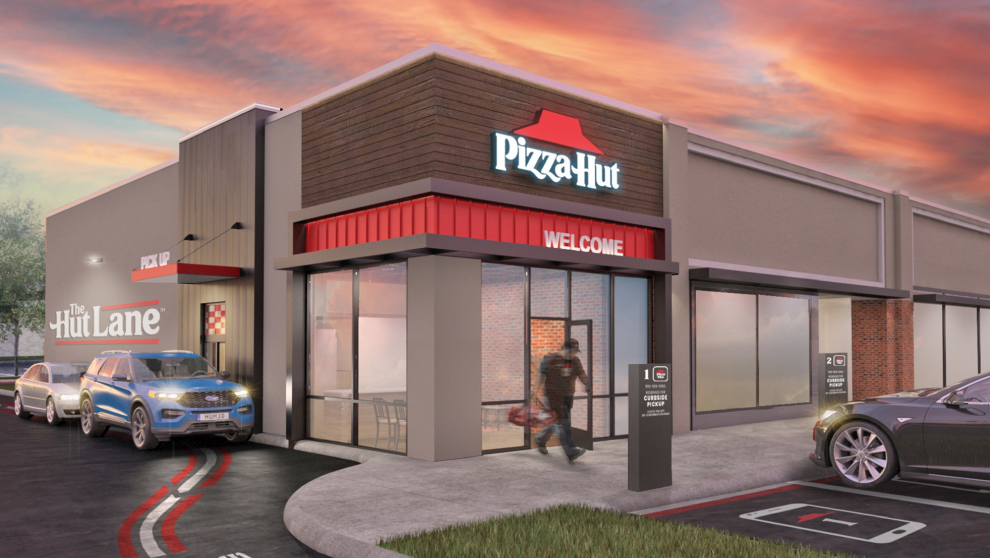
Knowing Your North Star
As for the future of Pizza Hut’s physical restaurants, Graves foresees smaller footprints and more third-party delivery, in keeping with changing consumer demands. Still, that doesn’t mean the company will stop being the place where Little League teams stop for a delicious postgame meal. There’s no one-size-fits-all approach; there’s only delivering guests a winning experience wherever they seek it, and powering that experience with modern technology.
“Define the North Star; know what the endpoint is,” Graves concluded. “Know the North Star and the transformation will get a lot easier.”

Posted by
Chain Restaurants Reimagined.
The Retreat to Reimagine Restaurant Development, Design + Technology.
April 12-14, 2026 | Miami, FL



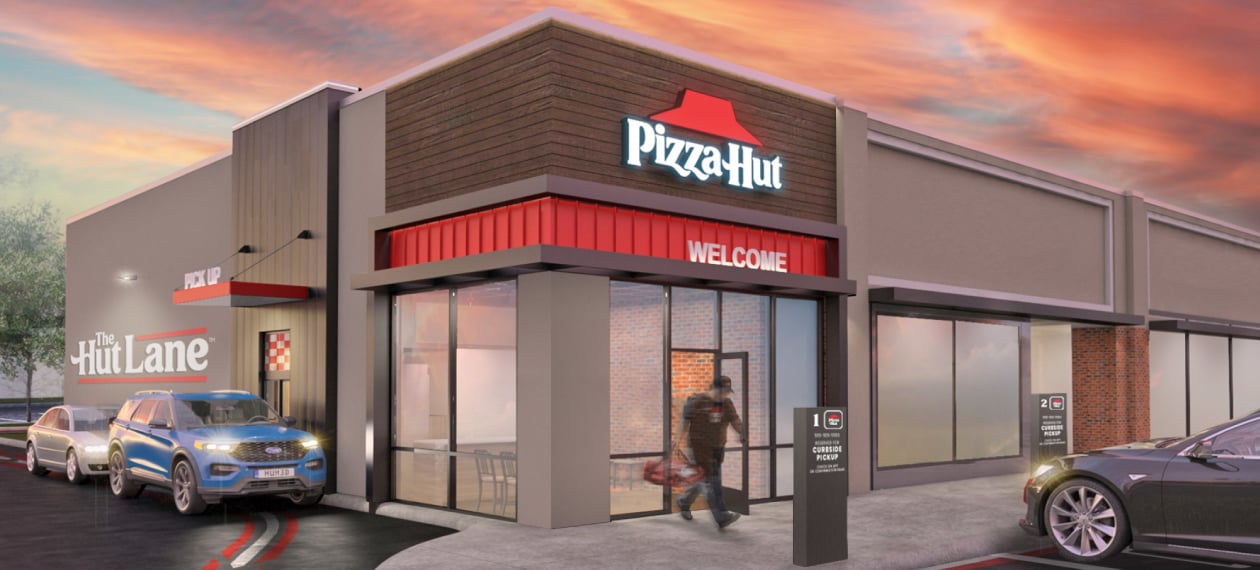


-3.png)
-4.png)
-3.png)
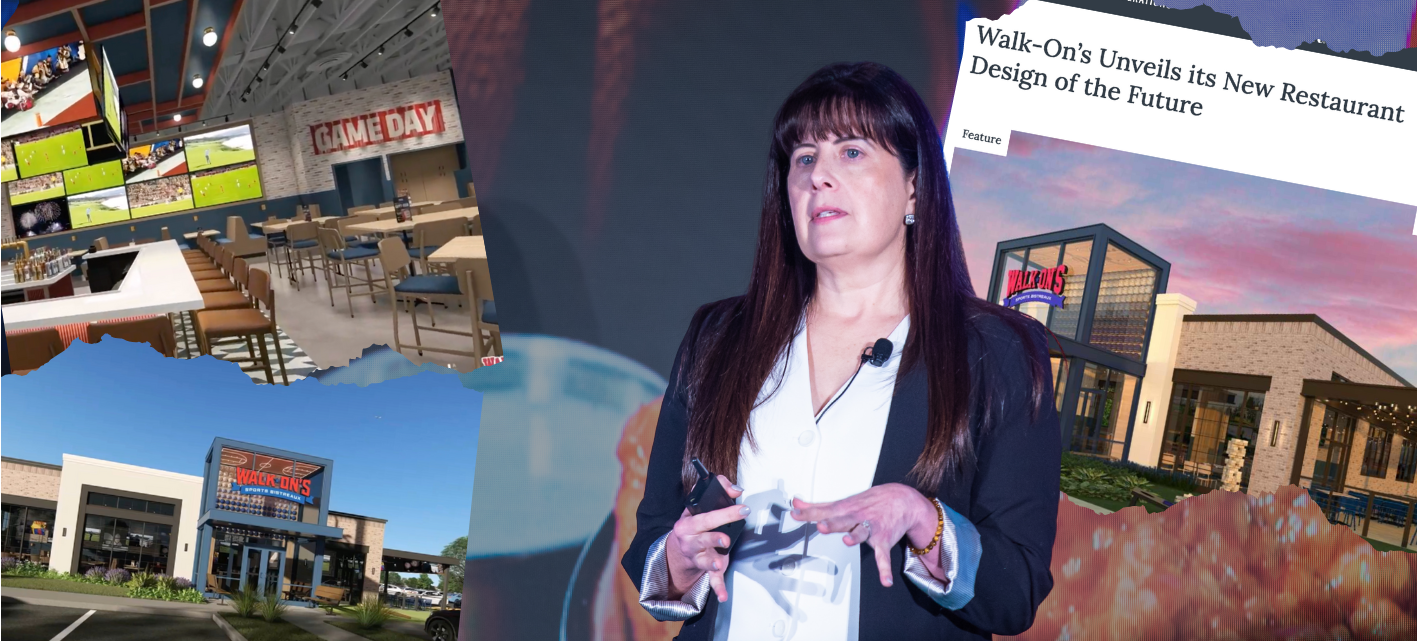
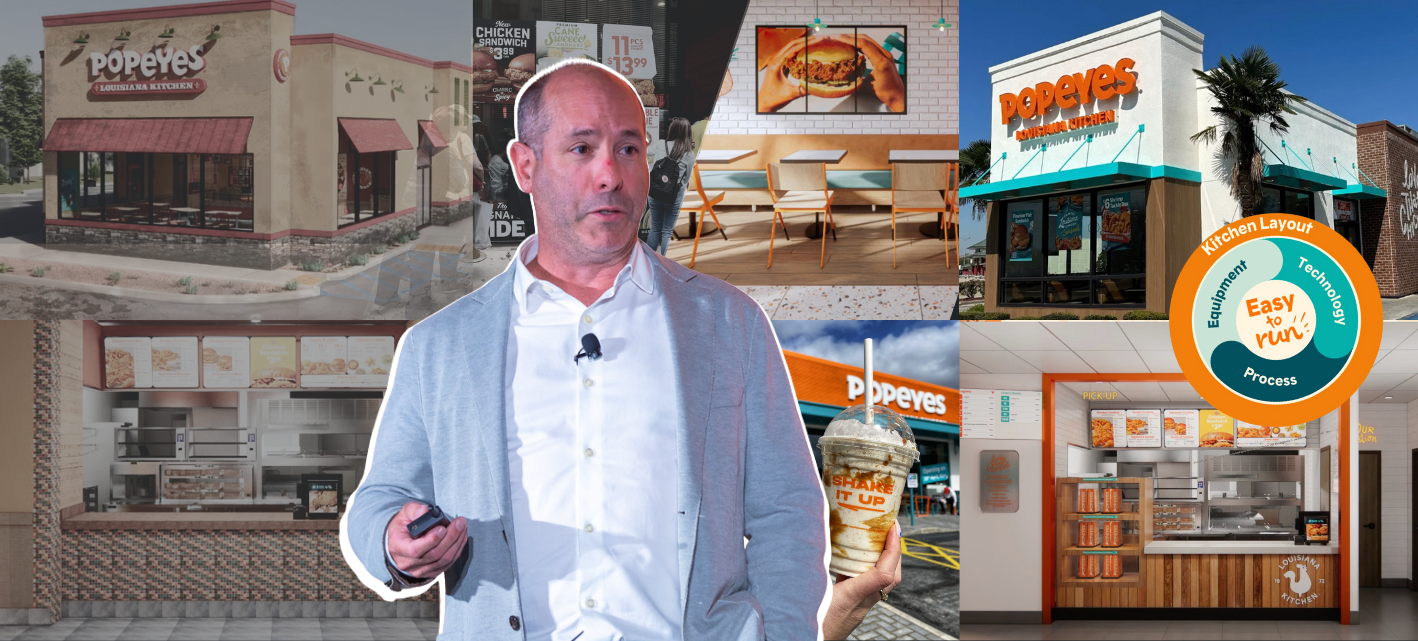

Comments